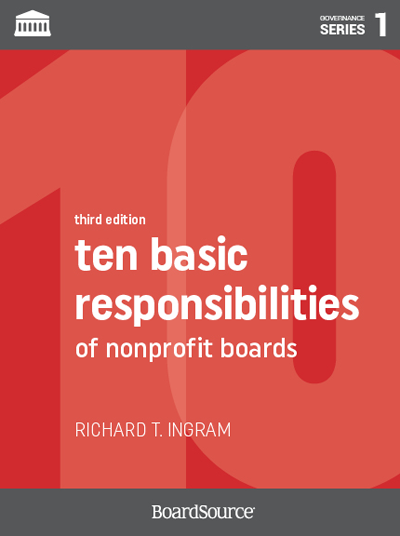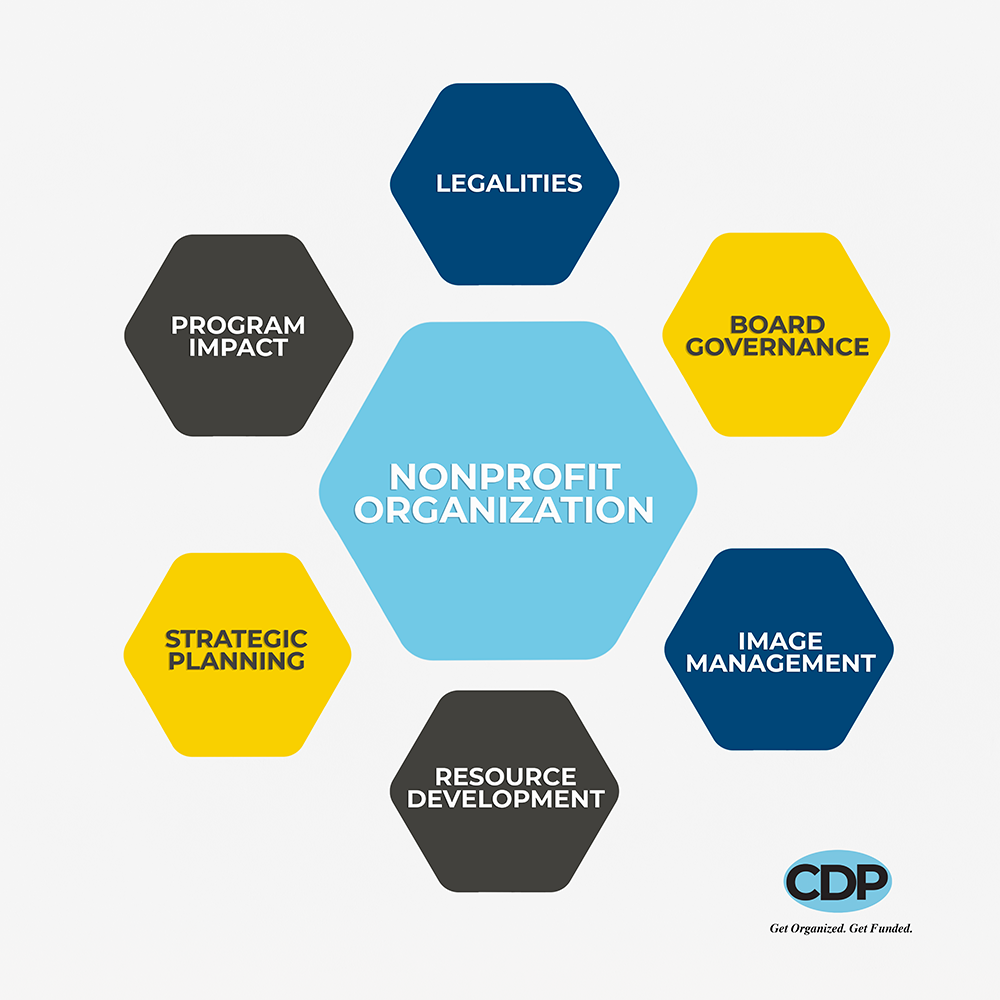Leading Nonprofit Firm: Aiding Charities and Organizations Achieve Their Goals
Leading Nonprofit Firm: Aiding Charities and Organizations Achieve Their Goals
Blog Article
Comprehending the Vital Duty and Influence of a Nonprofit Firm in Neighborhood Growth and Support Services
Not-for-profit firms serve as essential drivers for community advancement and support solutions, addressing the multifaceted needs of marginalized populaces. The landscape of nonprofit job is stuffed with difficulties and possibilities that can considerably influence their performance.
Interpretation of Nonprofit Agencies
Not-for-profit firms are frequently defined as organizations that operate primarily for purposes besides creating profit for shareholders or proprietors. These entities concentrate on dealing with social, social, environmental, or community needs, and they reinvest any excess incomes back right into their mission-driven tasks. Nonprofits might take various kinds, including charitable organizations, structures, campaigning for teams, and social ventures, each with functional structures and unique structures.
The directing concept of a not-for-profit firm is its commitment to offering the general public passion. This commitment commonly manifests in a wide range of solutions, from education and learning and medical care to housing and environmental conservation. Nonprofits usually rely on diverse funding resources, including donations, grants, and subscription charges, to sustain their initiatives.
In order to maintain openness and responsibility, not-for-profit firms are called for to stick to details guidelines and reporting standards. This oversight is essential for constructing trust with stakeholders, consisting of benefactors, volunteers, and the communities they serve. By prioritizing social effect over monetary gain, nonprofit companies play a vital duty in promoting community development and resolving pressing societal difficulties, consequently adding significantly to the overall health of society.
Trick Features in Neighborhood Growth
Community growth flourishes on the active interaction of various companies, with not-for-profit agencies playing a critical function in cultivating lasting growth and improvement. These firms offer as essential facilitators, bridging gaps in between area demands and available sources. Among their crucial features is to recognize and evaluate local needs via area interaction, making sure that advancement efforts matter and customized to the certain context.

Advocacy is an additional essential feature of nonprofits, as they represent the rate of interests of the area in plan conversations, pushing for fair access to solutions and sources. By increasing understanding on critical problems, they add to educated decision-making at different degrees. Inevitably, the complex roles of nonprofit firms in neighborhood advancement not only advertise immediate enhancements however additionally prepared for long-lasting sustainability and strength within areas.

Effect On Susceptible Populations
How do not-for-profit firms especially resolve the demands of vulnerable populations within community development initiatives? Not-for-profit agencies play a vital function in determining and dealing with the unique challenges encountered by marginalized groups, consisting of low-income households, the senior, and people with specials needs. By tailoring their programs and solutions, these companies can offer essential assistance that cultivates strength and self-sufficiency.
For example, many nonprofits supply access to food support programs, real estate assistance, and healthcare solutions that directly ease the concerns encountered by susceptible populations. Furthermore, they usually serve as advocates, amplifying the voices of those that might or else go unheard in policy discussions. With neighborhood outreach and education, nonprofits equip individuals with the expertise and resources necessary to browse complex systems and protect their legal rights.
Furthermore, nonprofits engage in capacity-building campaigns that improve the abilities and chances of at risk people, consequently promoting social equity. Their commitment to inclusivity ensures that neighborhood advancement efforts are receptive and comprehensive to the varied needs of all homeowners. In summary, not-for-profit firms are crucial in minimizing the difficulties dealt with by susceptible populaces, fostering neighborhood communication, and driving sustainable growth.

Collaboration With City Government
While many challenges in neighborhood growth need concerted efforts, collaboration between local federal governments and not-for-profit agencies is important for creating reliable solutions. This collaboration permits the pooling of sources, proficiency, and networks, which can substantially improve service delivery and area engagement. Nonprofit firms commonly have direct knowledge of the demands and desires of neighborhood populations, enabling them to notify government policies and programs properly.
Additionally, city governments can give essential assistance in terms of funding, facilities, and governing structures that promote the work explanation of nonprofits. This harmony not only promotes a more comprehensive technique to attending to neighborhood concerns however also ensures that initiatives are grounded in the realities of the populations they intend to serve.
Joint initiatives, such as area health and wellness programs, academic workshops, and real estate jobs, show the substantial advantages of this partnership. By straightening their strategies and objectives, local governments and not-for-profit agencies can develop sustainable effects that improve the lifestyle for citizens.
Challenges and Opportunities Ahead
The cooperation between local governments and nonprofit companies, though advantageous, is not without its try this obstacles. One substantial hurdle is the typically restricted financing readily available for nonprofit organizations, which can prevent their capability to execute extensive area programs. This monetary restriction can lead to competitors for resources, creating stress among numerous companies striving to accomplish comparable objectives. Furthermore, varying priorities between nonprofits and government entities can lead to misaligned objectives, making complex collaborative efforts.
Nonetheless, these obstacles also existing distinct possibilities. Nonprofits can leverage their grassroots connections to determine area needs that may be forgotten by federal government agencies, ensuring that services are tailored to the regional populace. By cultivating innovative collaborations and exploring alternative funding sources, such as social ventures or give possibilities, nonprofits can enhance their sustainability and influence.
Furthermore, the expanding recognition of the significance of collective influence motivates an extra integrated approach to neighborhood development. This creates a productive ground for nonprofits to promote for plan modifications that attend to systemic concerns. By embracing both chances and challenges, nonprofit firms can remain to play a vital function ahead of time community development and support solutions, inevitably profiting the areas they serve.
Verdict
In recap, not-for-profit firms offer as important catalysts for community development and assistance solutions, effectively dealing with the demands of prone populations. Regardless of encountering obstacles, the capacity for growth and technology within the nonprofit field remains significant.
Not-for-profit agencies serve as vital catalysts for area growth and support services, addressing the complex requirements of marginalized populations. Ultimately, the complex roles of not-for-profit agencies in community growth not just advertise instant enhancements yet likewise lay the groundwork for long-term sustainability and strength within neighborhoods.
While many challenges in area resource advancement require collective efforts, cooperation in between local federal governments and not-for-profit companies is necessary for developing effective services. By accepting both difficulties and opportunities, nonprofit firms can continue to play a vital duty in advancing neighborhood development and support solutions, ultimately benefiting the communities they offer.
In summary, nonprofit firms offer as important stimulants for community advancement and assistance services, effectively resolving the needs of prone populations. - nonprofit agency
Report this page